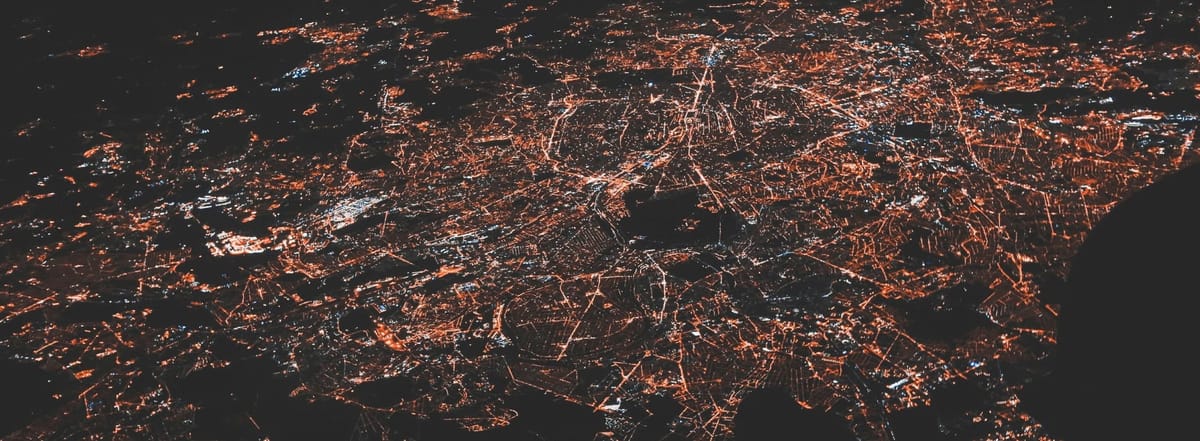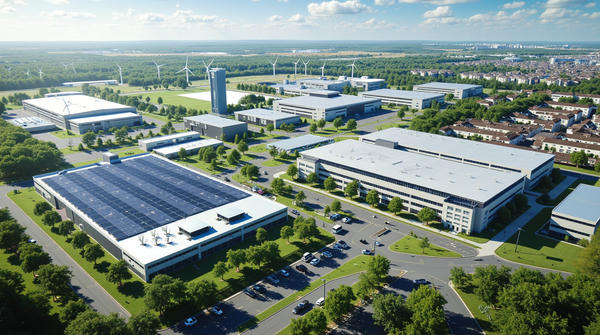Heat Networks and Energy Communities: The Winning Synergy

What if we rethought the way we produce, share and consume energy? 🧐 With the climate and energy challenges we're facing, local and collaborative solutions make perfect sense. Among them, district heating networks and energy communities are proving to be essential allies. But how do they work, and above all, what concrete impact can they have on our daily lives and our energy future?
What is a Heat Network?
A district heating network is a collective system that heats several buildings from a single, often renewable, energy source: biomass, geothermal energy or industrial heat recovery. This model is particularly efficient, as it pools resources and significantly reduces CO2 emissions.
The interest grows when combined with energy communities, where citizens, businesses and communities join forces to produce and share energy locally. Together, these solutions help meet several objectives: reducing dependence on fossil fuels, limiting energy losses and offering more accessible and equitable energy.
Inspiring examples from Europe 🇪🇺
Dunkerque, France: A heating network based on industrial energy
In France, the city of Dunkirk is a leading example. Its heating network uses surplus heat produced by local industries, notably steel giant ArcelorMittal. Every year, this system heats the equivalent of 16,000 homes, while reducing greenhouse gas emissions by 20,000 tonnes. A success story that shows how the circular economy can become a driving force behind the energy transition! More information on their website:
Ghent, Belgium: Biomass for the community
In Belgium, the city of Ghent has developed a heating network powered by a biomass plant. This innovative project heats schools, social housing and even municipal swimming pools. With an estimated 50% reduction in CO2 emissions, this network is an example of successful collaboration between public and private players. Details available on :
Vienna, Austria: The geothermal model
In Austria, Vienna operates a heating network based on geothermal energy, a renewable energy source that draws heat from beneath the earth's surface. With over 6,000 buildings connected, this network is one of the most advanced in Europe. It provides not only heating but also domestic hot water, while guaranteeing a very low carbon footprint. Official website:
Barcelona, Spain: Recovering heat from wastewater
Barcelona has set up a project that is unique in Europe: recovering heat from wastewater to supply a heating network. This innovative system heats several areas of the city, including offices and public facilities, while exploiting an often neglected resource. This project, supported by European funds, is a model of sustainability and innovation. Find out more on :
How to go further?
These examples show that it is possible to rethink our energy systems to make them more sustainable and collaborative. But to generalize these models, we need to :
- Invest more in technological innovation;
- Encourage partnerships between public, private and civic players;
- Raise community awareness of the importance of these projects.
The solutions already exist. What's sometimes lacking is a strong political will and massive public support.
What do you think?
Don't you think it's time to change our relationship with energy? These European projects prove that it's possible. But to go even further, your opinion is essential. What do you think of these initiatives? Do you have any ideas or experiences to share? Together, we can build a fairer, more sustainable energy future. 🌱



